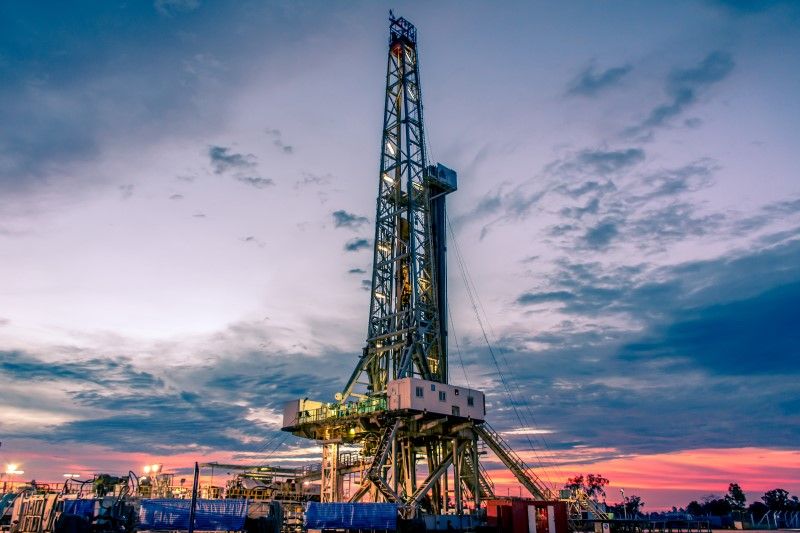- Millions of abandoned oil and gas wells in the US pose a serious environmental and public health risk.
- The Bipartisan Infrastructure Law allocates $4.7 billion to address the issue, but the estimated cleanup cost is $280 billion.
- In Texas, increased underground pressure from wastewater injection linked to fracking may be causing previously plugged wells to reopen.
One hundred and fifty years of oil and gas production in the United States has left millions of decommissioned wells scattered around the country. While they no longer have much, if any, oil and gas to offer, the wells are still highly productive. Unfortunately, what they’re producing is a veritable pandora’s box of toxins threatening local human and environmental wellbeing.
“These legacy pollution sites are environmental hazards,” declares a United States Department of the Interior site dedicated to orphan wells. “[They] jeopardize public health and safety by contaminating groundwater, emitting noxious gases like methane, littering the landscape with rusted and dangerous equipment, creating flooding and sinkhole risks, and harming wildlife.”
Many of these wells – known as ‘orphan wells’ no longer have any official owner, and their proper decommissioning has therefore become the responsibility of the United States government. And while the country has made major inroads toward addressing the widespread and growing problem of orphan wells, most notably through the Biden Administration’s recent Bipartisan Infrastructure Law, which earmarks $4.7 billion just for this purpose, there is still a long way to go toward solving the issue.
While private and public interests have made efforts over time to plug up and properly seal old wells so that they don’t leak harmful gasses and chemicals, about 2.6 million onshore wells remain unsealed according to a 2020 report from environmental watchdog Carbon Tracker. And those are just the ones that we know about. The report estimates that another 1.2 million undocumented wells exist nationwide. It’s projected that plugging just the 2.6 million wells we know about will cost a blistering $280 billion – meaning that the $4.7 billion allocated by the Bipartisan Infrastructure Law will barely make a dent.
What’s more, many of the wells that have been plugged are now bursting open. According to Reuters reporting in West Texas, “over the last two years, more and more abandoned wells have started to spill or even gushed geyser-like, formed salt and chemical-laden lakes or caused sinkholes.” There are several possible explanations for this phenomenon.
The first of which is that The Railroad Commission (RRC), which for some reason is the regulatory body that oversees oil and gas operations in Texas, has been doing a shoddy job on the sealing process. In the absence of a solvent owner of record for an abandoned oil and gas well, the RRC is legally responsible for its proper sealing.
The second major issue seems to be coming from increased underground pressure from the region’s shale boom. When hydraulic fracturing is used to extract oil and gas, huge quantities of water gush out of the well along with it. This salty ‘wastewater’ contains hazardous elements like radium and boron, and is largely pumped back into the ground. But if it’s pumped too deep, it risks triggering earthquakes. And if it’s pumped too shallow, underground pressure increases, and poorly sealed wells start to blow.
This has become a major issue in Texas, home to the Permian Basin, the heart of the U.S. shale revolution and the nation’s largest oilfield. Billions of gallons of wastewater have been injected into underground reservoirs there, and are likely contributing to the problem of previously plugged ‘zombie wells’ roaring back to life.
While the RRC has pushed back on reports that the problem of ‘zombie wells’ is widespread, and whether their connection to wastewater injections are empirically founded, scientific evidence for the connection is building – and so is public and private scrutiny. Indeed, the U.S. Environmental Protection Agency has said that it will investigate whether there is a need to revoke the RRC’s permitting authority for disposal wells for such wastewater in response to a federal complaint filed by Texas watchdog group Commission Shift.
By Haley Zaremba for Oilprice.com
Take the Survey at https://survey.energynewsbeat.com/

